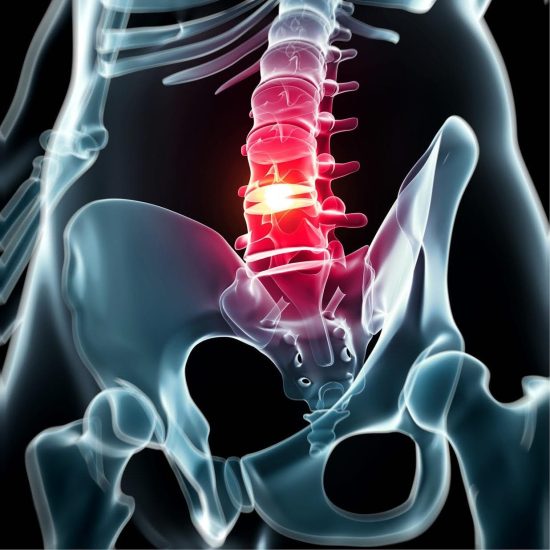Platelet Lysate
Your Body’s Own Natural Anti-Inflammatory
What Is Platelet Lysate?
Platelet Lysate (PL) is an injection that offers the pain relief of steroids without the side effects of diminished immune system response or weakening connective tissue. PL contains growth factors that have been shown to reduce pain from spinal disk herniations, decrease nerve root compression, reduce joint inflammation, and help to stimulate healing after nerve injury.

Benefits of Treatment with Platelet Lysate
- Decreases inflammation around herniated discs and irritated nerves
- Used as alternative to epidural steroid injections
- Decreases joint pain with less inflammatory response than PRP
- Immediate release of growth factors from your own platelets
- Option for managing your pain without surgery
How Does Platelet Lysate Work?
Platelet Lysate is an advanced derivative of platelet-rich plasma, using CHARM’s proprietary inhouse laboratory-based activation techniques to release and separate the growth factors in your platelets. Platelet Lysate contains potent anti-inflammatory agents and provides concentrated growth factors, which reduce the inflammatory cascade while stimulating healing at the injection site. This derivative is especially helpful around spinal disk herniation, leading to decompression of the irritated nerve root, reducing swelling, pain, and chronic injury.
Platelet Lysate can also be used where an anti-inflammatory response is desirable, such as inflamed joints and peripheral nerve entrapment. This technique uses your own natural healing potential without the worrisome side effects of corticosteroids.
FAQ'S
Pain and neurological complaints often come from enlarged, edematous, swollen, and irritated nerves. Through its anti-inflammatory properties, Platelet Lysate can reduce nerve compression caused by spinal disk herniations and excessively inflamed joints due to rheumatoid arthritis or gout. PL can be used in spinal stenosis to treat irritation and swelling of nerve roots. Carpal tunnel syndrome and other nerve entrapment conditions can also be successfully treated using Platelet Lysate.
Platelet Lysate stimulates natural healing using the patient’s biological growth factors. PL is usually injected into the location of the nerve injury using fluoroscopic guidance, similar to an epidural steroid injection. It stimulates a reduction of inflammation, improved circulation, and a natural healing process without the side effects of corticosteroids.
Other nerve entrapments can be addressed using ultrasound guidance to target the swollen region of the nerve. When the nerves become healthier after injection, there is usually sufficient space surrounding the nerves to allow them to resume their normal function with less pain and improved neurological function.
Platelet-rich plasma (PRP) is proven to help with wound healing and connective tissue repair. Concentrated growth factors from Platelet Lysate go beyond PRP by providing an extract of the content of the platelets, which is used for different purposes. PRP is more helpful when the goal is to produce denser, thicker tendons and ligaments, to repair and strengthen fibrous tissue connections, and to stimulate joint cartilage and meniscal structures to heal. Platelet Lysate appears to be more useful when there is excessive inflammation within a joint or connective tissue, around a disk herniation, and for stimulating healing of nerve injury caused by trauma and compression.
The Platelet Lysate procedure takes about 2-3 hours in the CHARM clinic. This includes the blood draw, proprietary in-house laboratory processing of the PRP, and further processing into PL placed into your epidural space, nerve compression site, or inflamed joints using image-guided solutions. PRP and PL can be injected within the same visit. You will likely be sore for 2-5 days after the procedure. We encourage regular activity as tolerated after the treatment in most cases.
